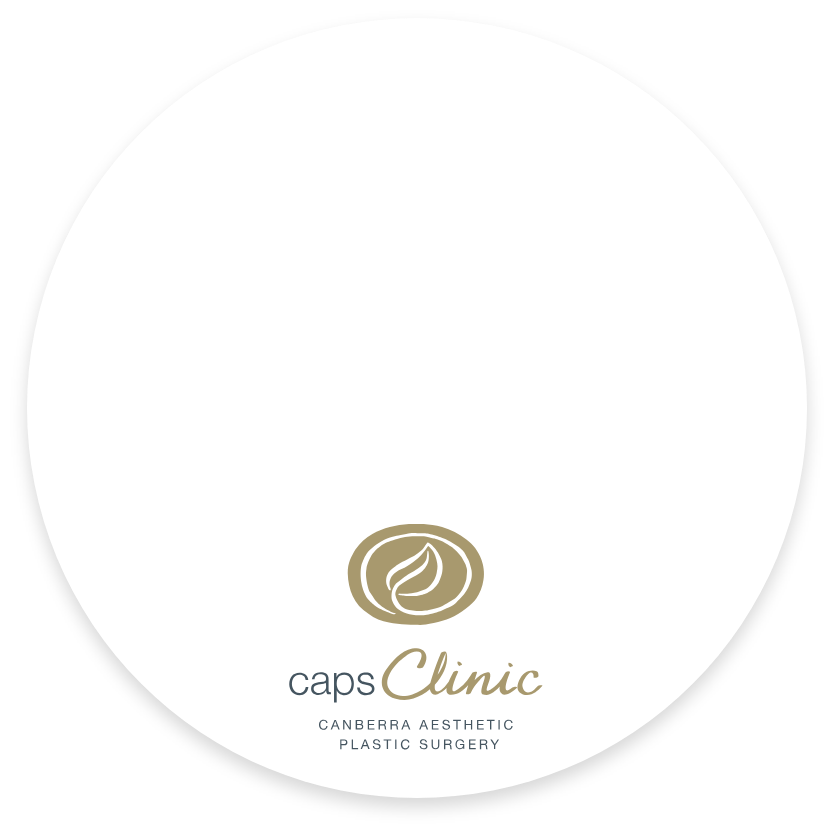
Structural changes occur in the face as the body gets older, including wrinkles and skin laxity creating hollow cheeks and excess skin around the jaw and neck. Facelift surgery can offset the structural changes of ageing. Dr Alastair Taylor (Bachelor of Medicine, Bachelor of Surgery | The Fellowship of the Royal Australasian College of Surgeons | MED0001401767)’s approach is to address the concerned areas of the face from the top down, lifting the cheeks and neck, injecting fat into hollow areas and tightening areas prone to wrinkles.
Find out more about our treatments by selecting an option from the drop down menu.
A facelift, also known as meloplasty or rhytidectomy, is a surgical procedure that tightens and removes excess skin on the face and neck. Areas of the facial structure and neck that have weakened as a result of the natural ageing process are surgically tightened. Excess fat may also be removed or repositioned as part of the surgery. Facelifts are often performed on people aged between 40 and 65, but older people can also have facelifts.
Dr Taylor incorporates a mid-facelift with the lower facelift to elevate the cheek pad, shorten the lower eyelid and change the jowls. This surgery reshapes deep facial structure and tightens the skin.
Facelifts specifically address the neck and jowl regions of the face. It is important to note eyes and brows are not improved by the facelift procedure. Facelifts are often performed in conjunction with a brow lift and blepharoplasty.
Post-surgery, facial surgery produces significant bruising, swelling and distortion of the face. Your cheeks will swell extensively, your eyes become red and swollen, you have sutures around your ears going up to the back of your neck – and possibly staples in your hair line.
Your wounds will extend around the back of the head and up in front of the ears. You will have sutures and staples in place in front of and behind your ears. You may have sutures through your upper and lower eyelids taped at each end.
Facial surgery recovery can be well managed with pain relief. Your face may feel tight post-surgery. Sutures and staples come out on day five, at which point the tightness will settle. Sleeping elevated and the use of cold packs can be an effective method of reducing swelling.
Facelift surgery takes 5 hours or more hours under general anaesthetic and requires an overnight stay. You will require 2 weeks off work and up to 6 weeks before returning to normal activity.
In our experience, patients who follow the recommended post operative program will be fully recovered and healed after 6 weeks. If 6 weeks have passed and you have not fully recovered, contact the CAPS Clinic immediately.
Fat grafting is a procedure that uses liposuction to extract fat from one area of the body and transfer it to another by injecting it. This is done to modify contours by adding volume and reshaping specific areas of the body or face. This procedure is most commonly used on areas of the face that have lost volume due to ageing, such as cheeks and filling hollow, lower eyelids.
I am not a ‘quick fix’ surgeon. I believe the commitment a patient makes to surgery should ensure a long lasting and safe result.
Dr Alastair Taylor (Bachelor of Medicine, Bachelor of Surgery | The Fellowship of the Royal Australasian College of Surgeons | MED0001401767)




ANY SURGICAL OR INVASIVE PROCEDURE CARRIES RISKS. BEFORE PROCEEDING, YOU SHOULD SEEK A SECOND OPINION FROM AN APPROPRIATELY QUALIFIED HEALTH PRACTITIONER (EG. YOUR GP).
Dr Alastair Taylor (Bachelor of Medicine, Bachelor of Surgery | The Fellowship of the Royal Australasian College of Surgeons | MED0001401767) will discuss the general and specific risks during your consultation, where you can ask questions and discuss any concerns you may have. Is it important that you have enough information to weigh up the benefits, risks and limitations of your surgery. You will also be provided with more information to take home and read, and discuss with your family or loved ones.
Risks specifically associated with facial surgery may include:
Some general risks and complications of surgery may include:
Your facelift surgery will be performed at our private hospital, Sole’vita Surgery, a licensed medical hospital accredited under the National Safety and Quality Health Service (NSQHS) Standards. Sole’ vita Surgery is part of The CAPS Clinic, with all services conveniently based in the one location in Deakin, Canberra.
Our facilities include modern surgical theatres, sterilisation services and recovery areas. Our overnight rooms feature flexible privacy glass-panelling and a personal ensuite.
All of the Sole’ vita team are fully qualified and registered medical personnel, with no more than 5 patients staying at once, our patient-to-nursing-care ratio is very high.
We believe in providing an overnight stay after your facelift surgery, so that you can take your time to rest and recover. This allows us to ensure your pain relief and any postoperative nausea is well controlled before being discharged.
Dr Alastair Taylor (Bachelor of Medicine, Bachelor of Surgery | The Fellowship of the Royal Australasian College of Surgeons | Provider No. MED0001401767) is a highly qualified Specialist Plastic and Reconstructive Surgeon with over 25 years experience in plastic, aesthetic and reconstructive surgery. Learn more about Dr Taylor.
Dr Taylor leads a dedicated team of qualified health care professionals, including anaesthetic staff and nurses, who work in the Sole’vita Surgery private hospital. His team have built a reputation for quality and are committed to achieving results for our clients whilst providing personalised care, with your safety, privacy and comfort at the forefront of all work.
If you are not ready to commit to facelift surgery, you may consider non-surgical options offered at our My Genesis Clinic, including:
Emface treatment strengthens the muscles of the face and tightens the skin to reduce sagging skin and wrinkles.
Titan Laser treatments bridge the gap between non-surgical rejuvenation and facial surgery, to improve the appearance of aged skin.
Injectables, such as filler and anti-wrinkle cosmetic injections can reduce wrinkles and loss of volume in the face.
Chemical skin peels, microdermabrasion and LaseMD (fractionated laser) treatments can nourish, repair and rebuild the structures of your skin, as they trigger activity of your collagen and elastin making factories to reduce the signs of ageing.
Depending on how much surgery is needed, generally, these procedures are considered cosmetic and do not attract any Medicare, health fund or tax rebates.
Fees include Dr Taylors surgeon fee, Anaesthetist fee, Theatre and the Overnight Stay in Hospital costs:
To receive a formal quote you are required to have a consultation with Dr Taylor. The quote for the cost of your surgery is valid for 3 months. Some fees may not be included in this quote, including medications, pathology, physiotherapy and costs arising from any complications. Further information will be provided to you during your consultation.
Dr Taylor’s fee includes:
To help you prepare for your surgery and enhance your recovery, we offer you a pre-surgery program to start 4 to 6 weeks prior to your surgery. This includes taking a multivitamin to aid recovery and get you back on your feet faster. We also recommend an effective herbal medication to reduce the bruising and swelling associated with your surgery. You will also need to stop certain medications leading up to your surgery and we recommend ceasing smoking six weeks prior.
Planning for your surgery and your recovery in advance is vital. Understanding what you can and cannot do will ensure you are not put in a position where you put yourself or the success of your surgery at risk. All this will depend on your personal situation. Dr Taylor insists you refrain from any major or minor physical duties and take two weeks off work. You will be provided with a discreet medical certificate to accommodate any time required off work.
On discharge from Sole’vita Surgery we recommend:
After your operation, you will have a large compression head bandage in place, and possibly drains, which stay in overnight.
You will stay overnight in our Sole’vita Surgery private hospital. Dr Taylor will check on your recovery the next day, and remove the dressings and the drains from behind the ears. Our nursing staff will assist with your discharge, including wound care and management of your dressings, prescriptions for medications, and follow up appointments.
Bruising and swelling from the surgery is to be expected, and there will be discomfort. Taking regular oral pain medication can assist you to be more comfortable, and steps are taken to reduce bruising and swelling.
Swelling and bruising can be minimized by resting, keeping the head elevated at all times (use extra pillows when resting/sleeping, don’t bend down even for short periods such as tying shoe laces) and using cold compresses as instructed.
You are encouraged to take 2 weeks off work and plan not to be back to normal routine and activity for at least 6 weeks.
Five days after your surgery, you will come to Sole’vita Surgery to have your sutures removed and your wounds checked by one of our nurses.
You will have follow up appointments with Dr Taylor at both the 6 week and 6 month stage of your journey.